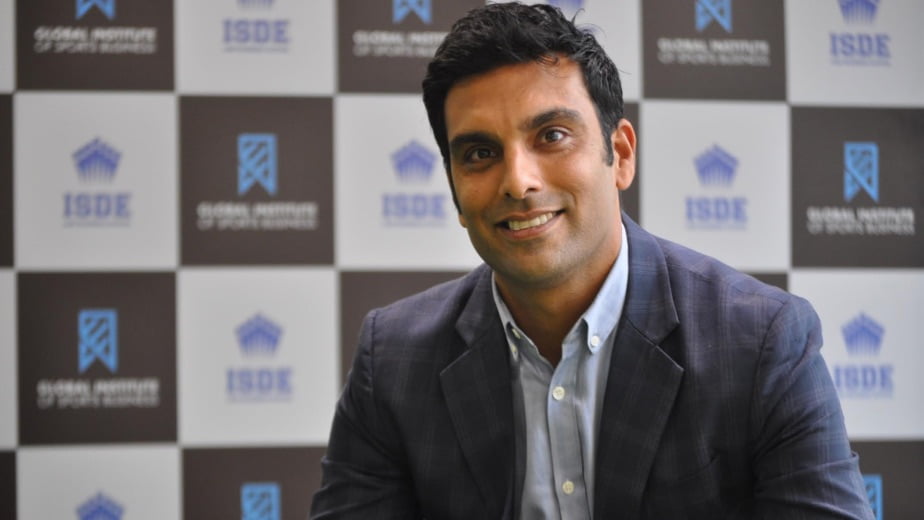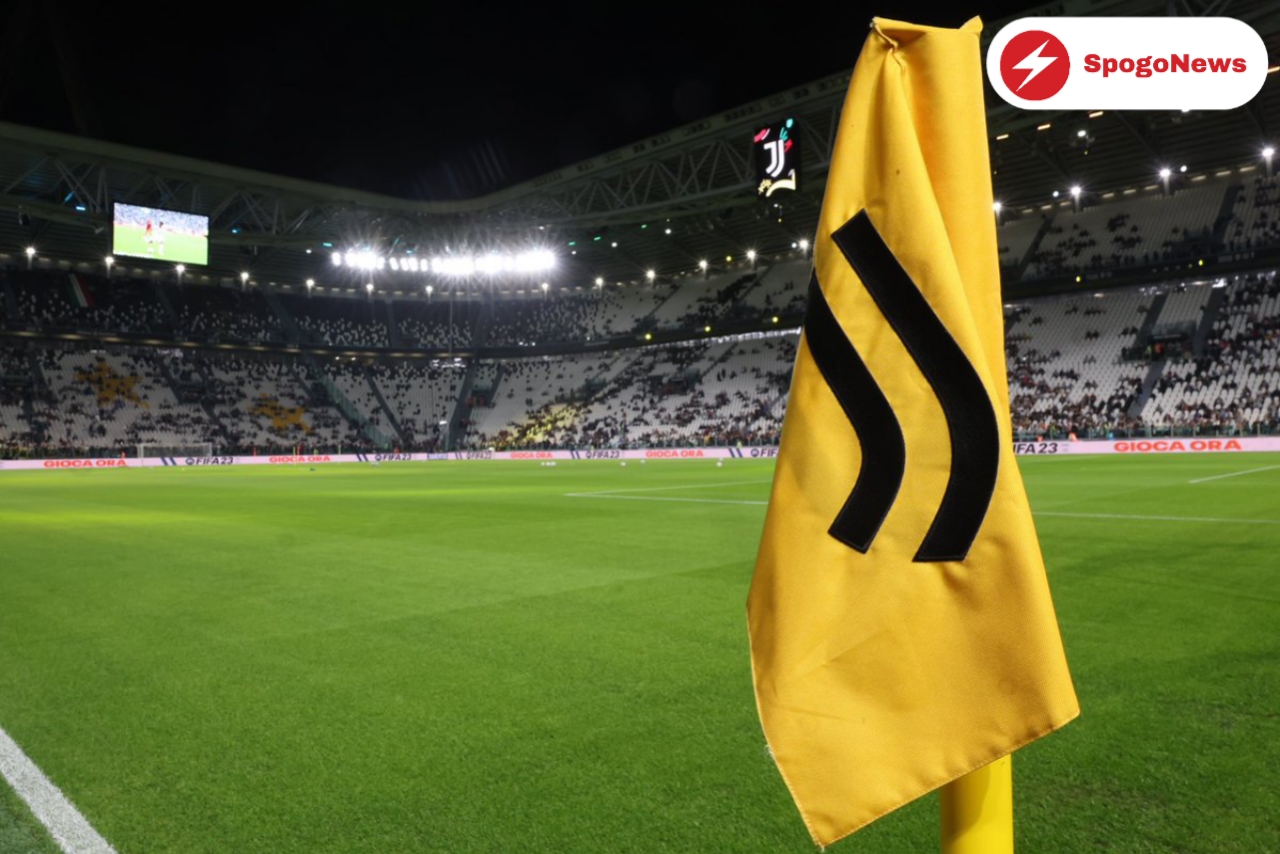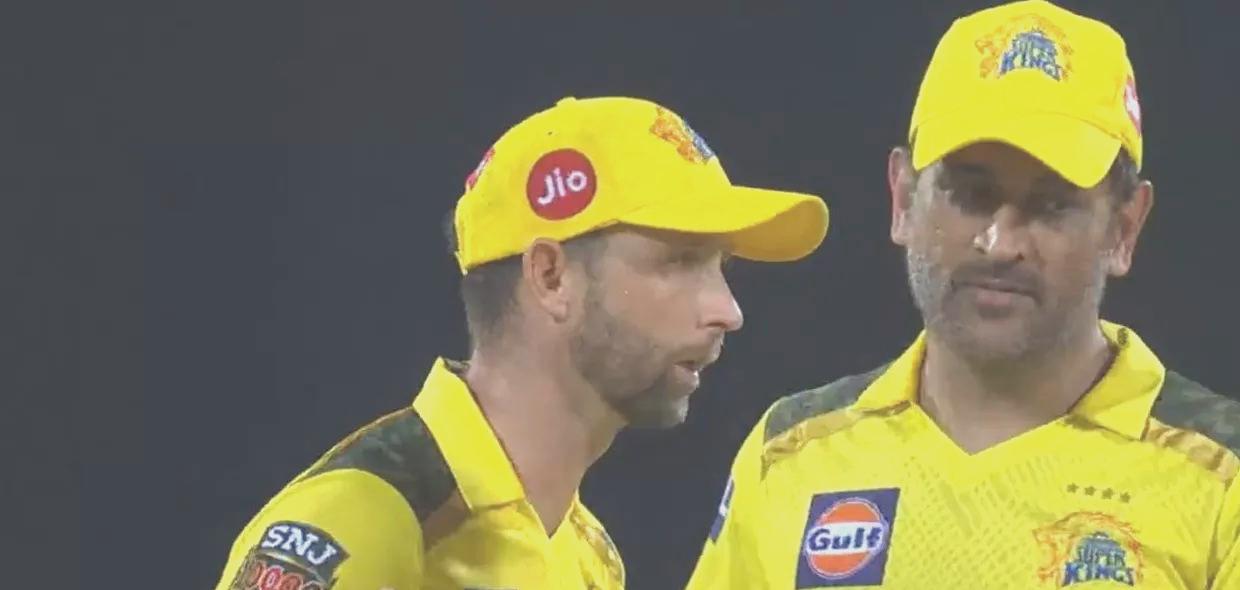Having won 7 medals at the Tokyo Olympics, India has just enjoyed its highest medal tally at the Olympic Games so far. However, in comparison to the United States who won 113 medals or China with 88, it’s fair to say that India still has a long way to go to be considered a ‘sporting nation’. Grassroot development would play an integral role to fulfill India’s ambition of becoming a sporting powerhouse and education will also play a key role in developing a 360 degree ecosystem that will be sustainable on the longer run.
In this exclusive interview with SPOGO, Mr. Neel Shah, Head Sports Education & New Business, India On Track shares his insights about the role of education in building a sustainable sports ecosystem in India, the importance of sports management, future of Indian football, overcoming challenges and more!
Q 1) According to you, what are the key elements that are required to build a sustainable sports ecosystem in India? How can education play a role in that?
A) The key elements required to build a sustainable sports ecosystem in India are a sound strategic plan, collaboration among key stakeholders, and diligent, consistent execution. Also, all of this must be aligned with realistic expectations and targets with course correction applied if and when required.
In India, it is common to have a private-sector corporation decide to invest heavily into a sport or multiple sports, hoping to create a thriving ecosystem. At times, this is done without conducting proper industry research, getting inputs or the full buy-in of other industry stakeholders on the strategic plan, or having trained resources ready to execute the plan. Typically, this leads to tremendous activity but not the development of an ecosystem or sustained growth within the sector. We have seen this with the arrival and disappearance of many professional leagues in India over the past decade.
Education can play a role in countering this trend by equipping and empowering the next generation of sports management professionals with the requisite knowledge, tools, and network to regularly contribute to the ecosystem's growth. A quality sports education program will teach students how to research a situation properly, analyse the data, and leverage internal and external resources to build a sound strategy in collaboration with key stakeholders.
Q 2) How can students benefit from degrees such as a PG Diploma in Sports Management from GISB, securing their future in the sports industry in India?
I am a big believer in pursuing a postgraduate education in sports management prior to jumping into the industry. The easiest way to put it is if someone wants to be a lawyer, they will go to law school; if someone wants to be a doctor, they will go to medical school. So if someone aspires to be a sports management professional, they should consider attending a school that would properly train them to be a leader within this field.
The global sports industry is a $700 billion sector making it one of the largest in terms of revenue and employment. There are thousands of roles within the ecosystem, and honing in on where one fits into the landscape is made possible through the 12 to 24 month journey that a quality sports management education program offers. Beyond that, students can better understand the landscape, build a network of industry influencers, take on internships & exposure opportunities and create a portfolio of past work which can help them secure a full-time position within the industry. Also, they can use the references gained from the institute to ease their way into the industry versus cold emailing or messaging employers, which can be a challenging and frustrating way to attempt to get a foot into the industry door.

Q 3) What makes Global Institute of Sports Business India unique as compared to others?
GISB is India’s first internationally certified and industry-designed sports management education institute. This means that our primary and secondary objective is to provide our students with an authentic sports management experience throughout their program so that they are fully equipped and prepared to jump into the industry upon completion of the course.
The Institute has been established by one of India's leading sports management & marketing firms – India On Track. This means that GISB students are learning within a highly dynamic agency set up in India's business and entertainment capital versus an isolated college campus. Also, we have an exclusive partnership with the University of Massachusetts, Amherst, which provides our students access to their world-class faculty, curriculum, and case studies. This creates a situation where GISB can stay in India while still gaining an international education and certification from one of the top institutes in the world.
All of our faculty are industry leaders with 10 – 20 years of experience. Beyond that, the students regularly work on industry projects through our partners, including some of the most prominent organisations in global sport, including the Premier League. Finally, our students have the opportunity to travel to the UK to experience the business through a Premier League curated exposure trip. This is one of the most unforgettable experiences for any sports lover or aspiring sports management professional.
Also read: Great infrastructure, qualified coaches and exposure is key for development at the grassroot level
Q 4) As someone who has decades of experience in the development and commercialization of football across 3 continents, what are some of the turning points of Indian football, and what do you envision for its future?
I was fortunate to have the opportunity to work with Major League Soccer for seven years and watch it transform from a small, irrelevant league in North America to one of the fastest-growing and most popular leagues in the region. This experience gave me the confidence to move to India in 2009 and attempt to be a part of the growth of the Indian football ecosystem.
Over the past decade of living and working in the country, I have witnessed some turning points. The first is the implementation of AFC licensing criteria. This forced professional football clubs to become more professional and upgrade the way they operate their organisation year on year. The second was the establishment of Bengaluru FC. Similar to the impact of Toronto FC’s establishment into MLS in 2007, Bengaluru FC transformed the perception of Indian football clubs. Rather than solely focusing on historical brand association like some of the Kolkata clubs, BFC focused on branding, solid fan development & engagement practices, and building exciting rosters to ensure a quality performance on the pitch.
Finally, I would say that the successful delivery of the 2017 U17 FIFA World Cup was a significant turning point. The 2017 U-17 FIFA World Cup was a great success in terms of attendance, operations, and even leaving behind a legacy of quality stadiums, training grounds, and resources with relevant experience in managing mega sporting events in India. I am a big fan of how this event was organized, and hopefully, it will lead to India hosting many more large-scale football tournaments in the future.
Q 5) What are some of the challenges that you have faced in the development and commercialization of football in North America, Europe and Asia? How did you overcome them?
Since most of my career has been focused on building, promoting, and commercialising football in North America and Asia, I’ll share from that experience. In both the United States and India, football (or soccer) is not the number one sport, so we would have to work extra hard to get the buy-in of the top investors, corporates, broadcasters, etc. We addressed this by building a realistic strategic plan that entices investors to feel excited about investing early on to be a part of the sport’s growth story in the country. Also, when it comes to fan development in countries and markets where the sport was considered inferior, my focus has always been on building authentic, transparent, and meaningful relationships with key supporters early on, so these early adopters become my ambassadors moving forward.
Q 6) What are some of the things that you would like to see in the evolving Indian sports market? What are some of the practices it can adopt from the already evolved North American sports market?
In the evolving Indian sports market, I would like to see more investment placed on grassroots programming, small-scale infrastructure development, coaching programs, volunteerism, and quality regional competitions for youth across all sports. I understand that this may mean taking some money away from the top of the pyramid, but this is the only way to build a healthy foundation for most sports to grow, sustain and thrive in India. Money exists within the country; what is missing sometimes is patience.
With regard to practices that the Indian sports market can adopt from North America, I would say it is all of the things I mentioned above. A proper culture needs to be developed before one can look at actively monetizing a sport. This is done by making the sport accessible to the masses, establishing successful leagues, and creating a platform for heroes and superstars to emerge. However, I’ll be the first to admit that all of this is much easier said than done. India is a large country with tremendous potential and tremendous challenges, so all of what I have been mentioning during this conversation will take time and an immense amount of collaborative work among stakeholders within the public and private sectors.








